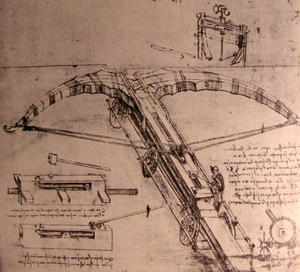General Information About a Patent Application
A utility patent application includes a specification, drawings, and claims. The purpose of the specification and drawings is to provide the required explanation to a person skilled in the technology of your invention on how to make and use the invention covered by the claims. The claims in the application define the subject matter covered by the application and, hopefully, any patent issuing thereon.
To infringe a method claim in a patent it is necessary that a potential infringer perform each of the steps listed in at least one independent claim. An independent claim does not depend on another claim. A dependent claim requires that a potential infringer perform each of the steps of that claim, as well as each of the steps of the claim(s) from which it depends. Dependent method claims generally use the following nomenclature: “The method of claim X, …”.
To infringe an apparatus claim in a patent it is necessary that a potential infringing product include each of the elements listed in at least one independent claim. A dependent claim requires that a potential infringing product include each of the elements of that claim, as well as each of the elements of the claim(s) from which it depends. Dependent apparatus claims generally use the following nomenclature: “The device of claim X, …”.
Each of the independent claims in your patent application should be reviewed to confirm that extraneous steps are not recited.
Publication
U.S. utility patent applications are published eighteen months from their earliest priority date and are then viewable by the public. However, if at the time of filing no foreign applications are desired, a non-publication request can be filed to prevent publication and public viewing of this application until a patent is granted. If foreign applications are later desired, a petition to rescind the non-publication request must be filed within forty-five days of the filing of a foreign application to avoid the U.S. application being abandoned. When reviewing your patent application you should consider whether the application qualifies for a non-publication request and whether publication is desired.
When Reviewing the Application
It is important that the time be taken to critically review your new utility patent application. Once the application has been filed, the application cannot be changed in any material way except for amending the claims within the scope of the written description and the drawings.
Obligation to Disclose the Best Mode
The U.S. Patent and Trademark Office (USPTO) requires that, at the time of filing, a patent application includes the preferred embodiment of the invention. You should check your draft patent application to ensure that the preferred embodiment is disclosed. If you are aware of another more preferred method of making or using this invention, please contact Garcia-Zamor Intellectual Property Law.
Inventorship
The claims of your application should be reviewed to notify Garcia-Zamor Intellectual Property Law of the identity of the proper inventors for your application. Any person who made a contribution, individually or jointly, to the subject matter of at least one claim is properly considered an inventor. If the proper inventors are not named, any patent issuing from this application may be unenforceable.
Mandatory Duty of Disclosure
The USPTO imposes a mandatory duty on applicants and their representatives to submit known prior art that is relevant to the claimed invention while an application is pending. Please inform Garcia-Zamor Intellectual Property Law of any additional relevant prior art that comes to your attention so that the references can be submitted. This is not an affirmative duty to research existing prior art, only a duty to report known relevant prior art.
The above are only some concerns that should be considered when reviewing your new utility patent application. If you have any questions, please contact Garcia-Zamor Intellectual Property Law, LLC Garcia-Zamor Intellectual Property Law.







